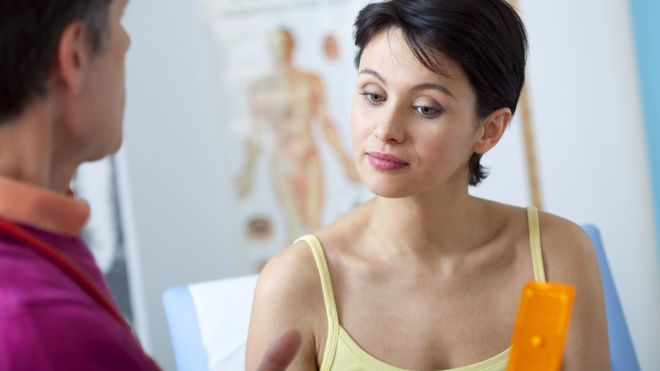Contraception: From fish bladders to home-delivered morning after pills
The morning after pill has never been more accessible.
Women in the UK are now able to order emergency contraception online for home delivery. It marks a milestone – less than two decades ago, it was not possible to buy it in pharmacies. Medicine historian Dr Jesse Olszynko-Gryn said there were parallels between the journey of the morning-after pill and home-pregnancy tests, as both have moved from “medically controlled to increasingly available”. When the first over-the-counter pregnancy test was launched in 1971 – (it involved a test tube in which a woman had to mix her urine and wait two hours) – it was “controversial”, said Dr Olszynko-Gryn, from the University of Strathclyde. “Conservative doctors wrote to MPs, they… Continue Reading